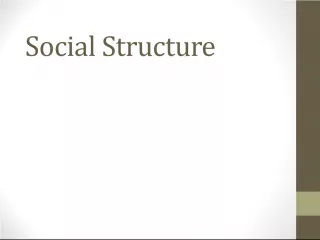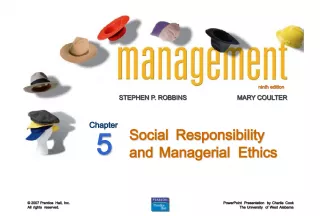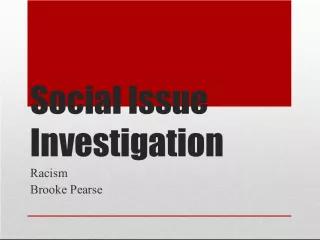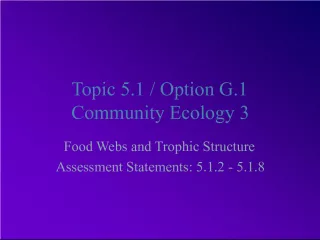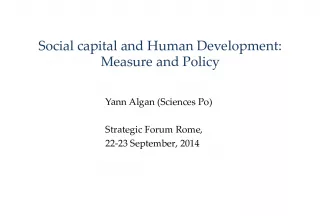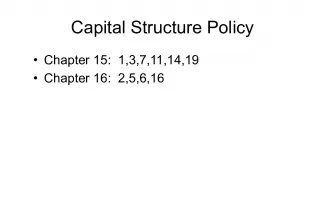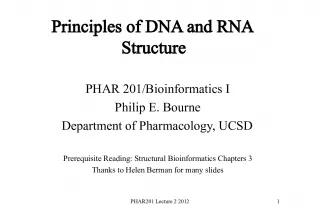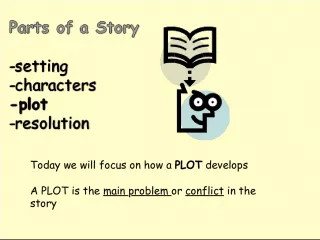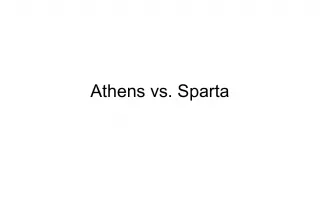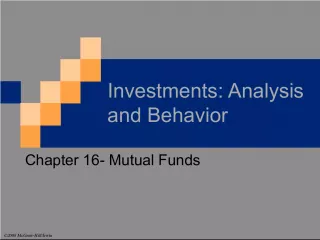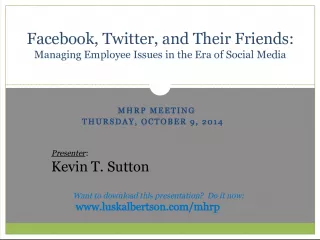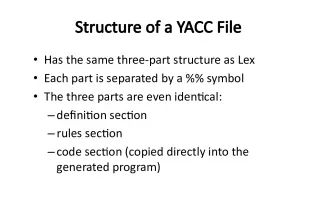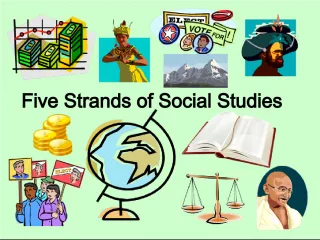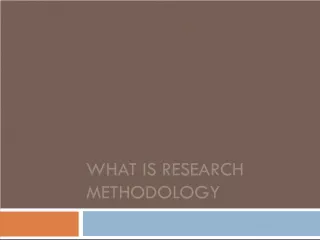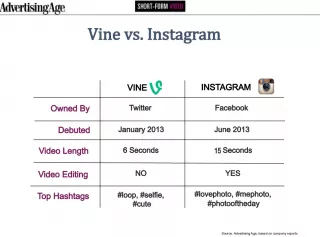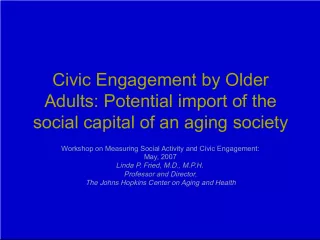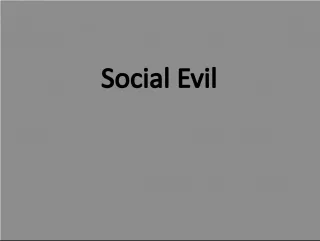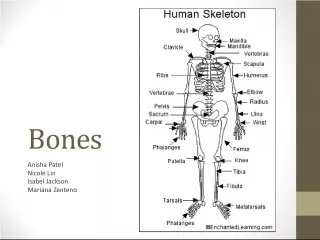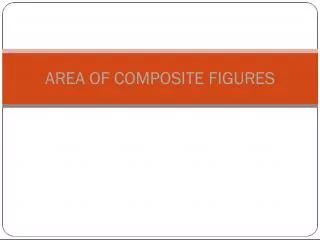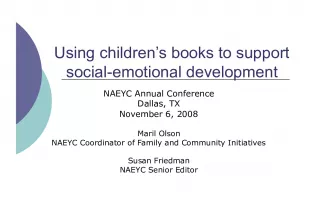Understanding Social Structure
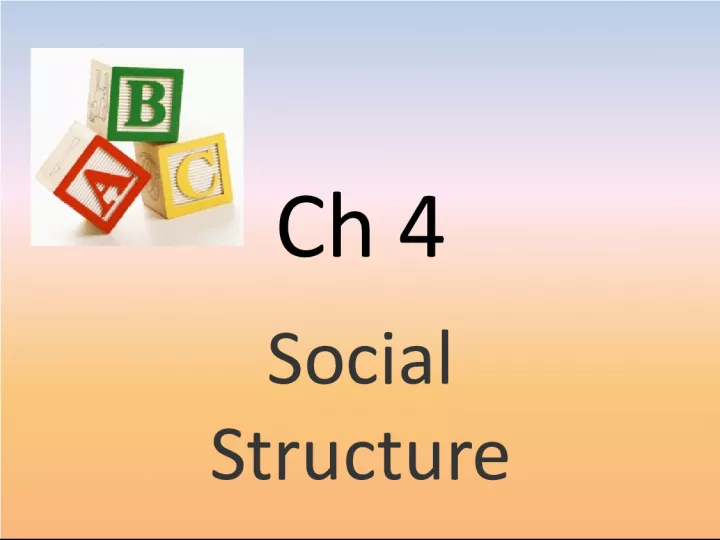

In Chapter 4 of our sociology textbook, we delve into the concept of social structure. Social structure can be defined as the network of interrelated statuses and roles that guide human interaction. Status refers to a socially
- Uploaded on | 4 Views
-
 adamlee
adamlee
About Understanding Social Structure
PowerPoint presentation about 'Understanding Social Structure'. This presentation describes the topic on In Chapter 4 of our sociology textbook, we delve into the concept of social structure. Social structure can be defined as the network of interrelated statuses and roles that guide human interaction. Status refers to a socially. The key topics included in this slideshow are . Download this presentation absolutely free.
Presentation Transcript
Slide1Ch 4Social Structure
Slide2What is social structure• Network of interrelated statuses and roles that guide human interaction – Status-socially defined position in a group or society (ascribed, achieved, & master – Role- behavior expected of someone occupying a particular status
Slide3Status• Ascribed Status- according to qualities beyond a person’s control – ex. Race, family heritage, gender, age – NOT abilities, efforts or accomplishments • Achieved Status- status one achieves through their own efforts – Includes skills, knowledge, & ability – Example: high school graduate , parent, husband, athlete • Master Status-greatest role in shaping a person’s life & determining their identity – can be ascribed or achieved – can change through the course of one’s life
Slide4Roles: You occupy a status but you playa role • Reciprocal role- corresponding role that define the pattern of interaction between related status – Ex. Coach-athlete, teacher-student, father-son – Can you think of more? • Role expectations – Doctor – Parent – Police officer • Role performance • Role Conflict • Role strain
Slide5Roles:You occupy a status but you play a role • Reciprocal role- corresponding role that define the pattern of interaction between related status – Ex. Coach-athlete, teacher-student, father-son – Can you think of more? • Role expectations – Doctor- treat patients with care and skill – Parent-provide emotional and physical security to child – Police officer-uphold the law • Role performance-doesn’t always live up to the expectation • Role Conflict – -occurs between statuses – Ex . Your role as a worker conflicts with your role as a student • Role strain- when a person has a difficult meeting the expectations of a single status
Slide6social institutions: system of statuses, roles, valuesand norms that is organized to satisfy one or more of the basic needs of Society What are the basic needs of society? • Physical & emotional support • Transmitting knowledge • Producing goods and services • Maintaining social control
Slide7Ex. Of social institutions• Family • Economy • Politics, • Education • Religion • Also media, medicine & science
Slide8Types of social interaction1. Exchange- -most basic and common -Reciprocity –the idea of owing something in return 2. Competition- -Causes advancement in business, school & sports -Can lead to stress, lack of cooperation , inequality & conflict 3. Conflict -Wars, disagreements within groups, legal disputes, clashes over ideology 4. Cooperation 5. Accommodation – Neither cooperate or conflict – ex. Compromise, truce, mediation, arbitration
